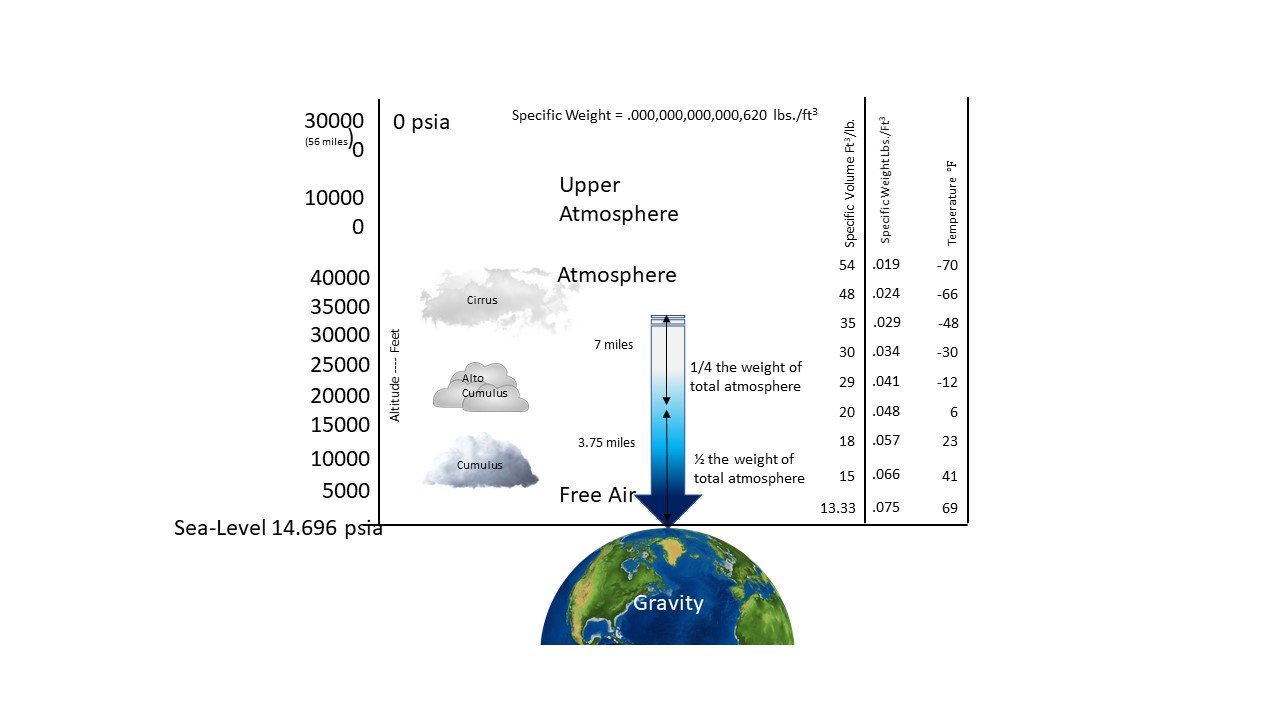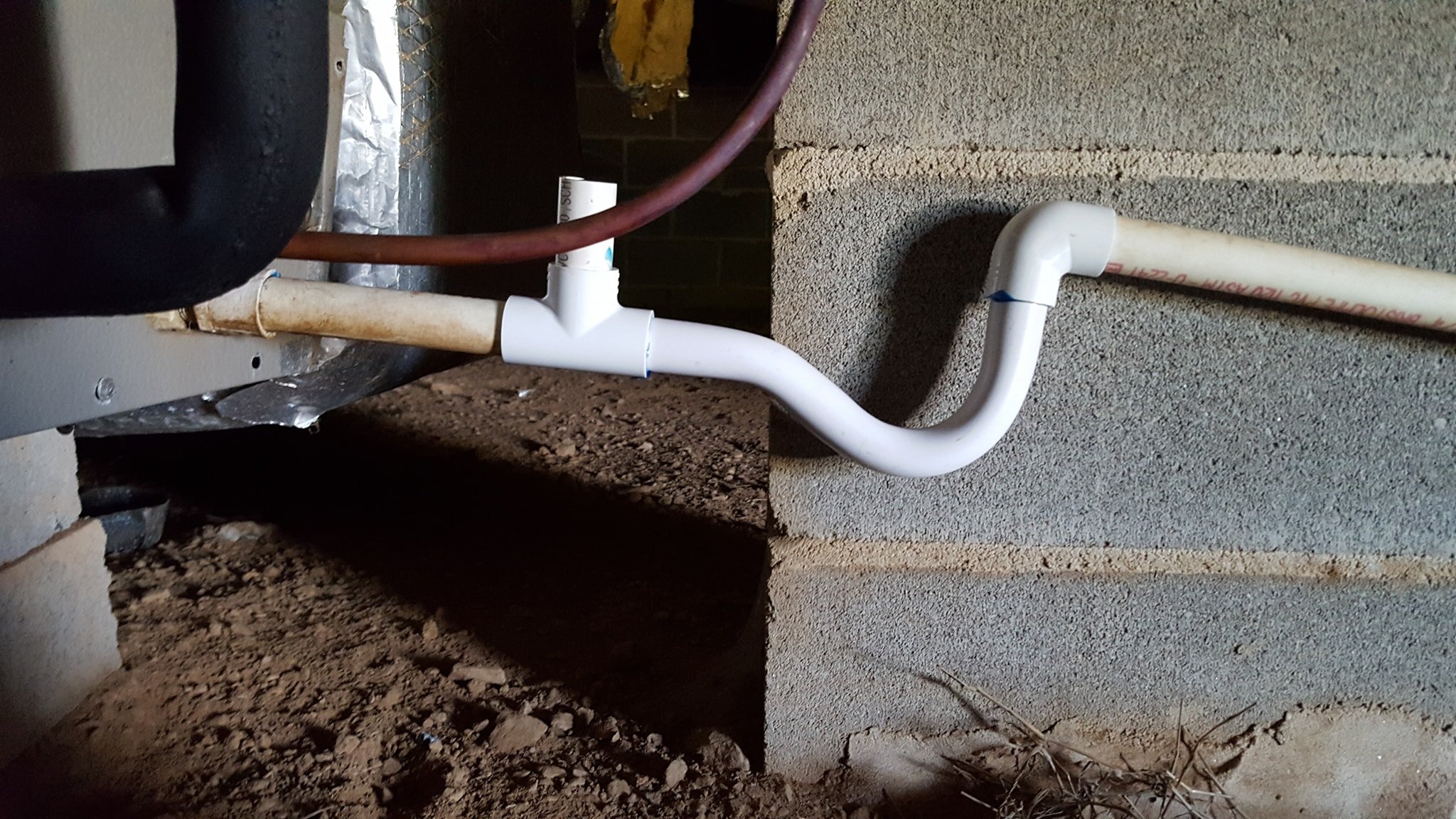Get Tech Tips
Subscribe to free tech tips.
Techs are Under Pressure

The amount of pressure you're under depends on where you live. I live in Florida, so I'm very close to sea level. Therefore, the weight of the atmosphere is exerting exactly 14.7 pounds per square inch (PSIA) of pressure on every surface in every direction.
There is no such thing as negative pressure—only pressure lower than the atmospheric baseline
When I hook up to a piece of equipment with my gauges, my gauges read zero. That is because I zero out my gauges so that they compensate for the atmospheric pressure.
This compensation is reflected in PSIG or pounds per square inch gauge, which is the pressure within the system minus 14.7 to compensate for the atmospheric pressure (zero out at the atmospheric pressure)
The issue is that not all locations have 14.7 PSIA.
In the chart above, the far-left column shows altitude (distance) above sea level, and the far-right column shows PSIA.
If you are 6000 ft above sea level, you can see that there is about 3 PSI less pressure being exerted on you than where I live in Florida. This means that when you zero out your gauge, the actual pressure in the system is 3 PSI lower than your low-lying brethren.
The problem is that most PT charts and gauges refer to PSIG with the 14.7 already added in. Calculating saturation temperatures to calculate evaporator temperature, superheat, and subcool will be a real pain.
The easiest way to compensate (if you are at 6000 ft, for example) would be to zero your gauge out at 3 PSI instead of 0. That way, the compensation is already built-in.
I know it doesn't seem like much, but a 3-PSI difference is quite significant when taking an accurate superheat and subcool, so this is more than just an intellectual exercise.
Another consequence of altitude is that water boils at a lower temperature, making it more difficult to boil potatoes but easier to pull a vacuum.
NOW – if you want to get really nerdy: Weather conditions can also alter PSIA based on barometric pressure… but seriously.
You can find a full calculator HERE—just make sure to change the units to PSI and feet. If you want to find the altitude of your location, you can find that HERE.
—Bryan










Comments
To leave a comment, you need to log in.
Log In